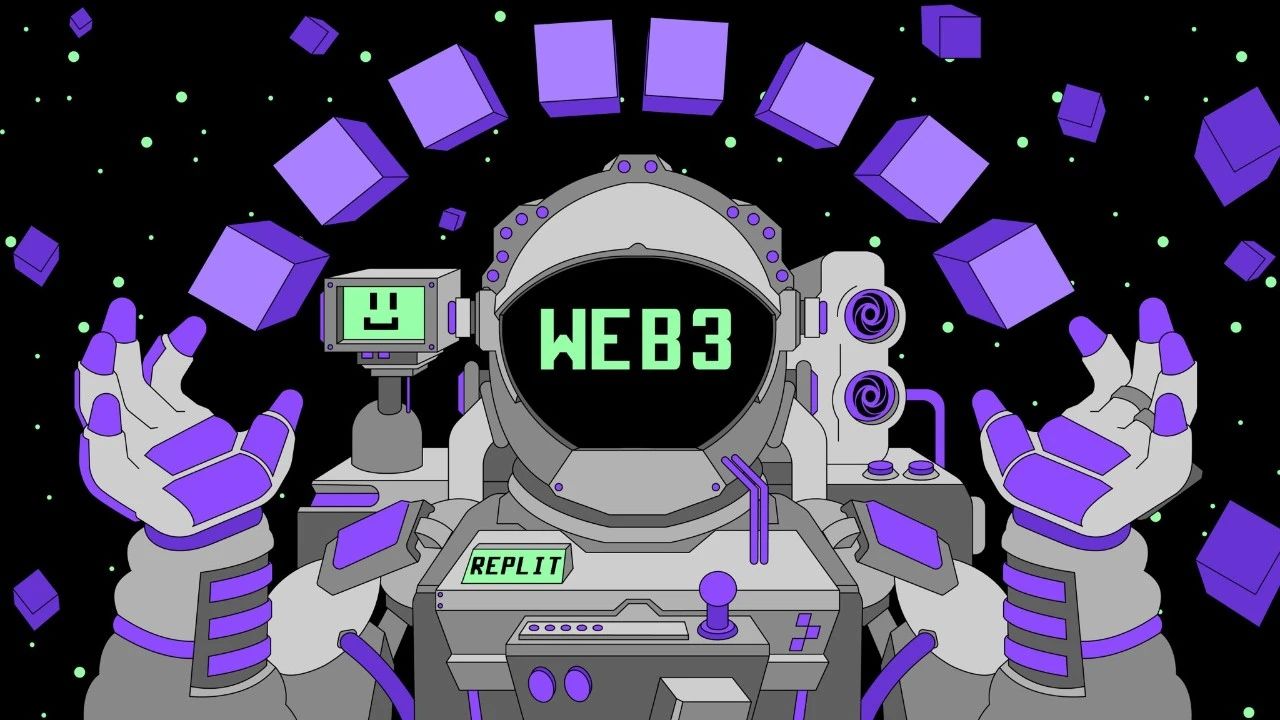
Original title: "Demystifying Web 3 So Anyone Can Understand"
Original compilation: Unitimes
Original compilation: Unitimes
When I started my career, "Web2.0" was the hot new thing.
The "2.0" in the term Web2.0 captures a few things: blogs, rounded corners on buttons and input fields, online media sharing...but what really sets Web2.0 apart from "Web1.0" isuser generated content. In the "1.0" era, if you wanted to publish content on the web, you basically needed to upload an HTML file to a server connected to the Internet, and if you were a webmaster, maybe some CSS or JS. This is not a user-friendly process, and certainly not accessible to the average person.
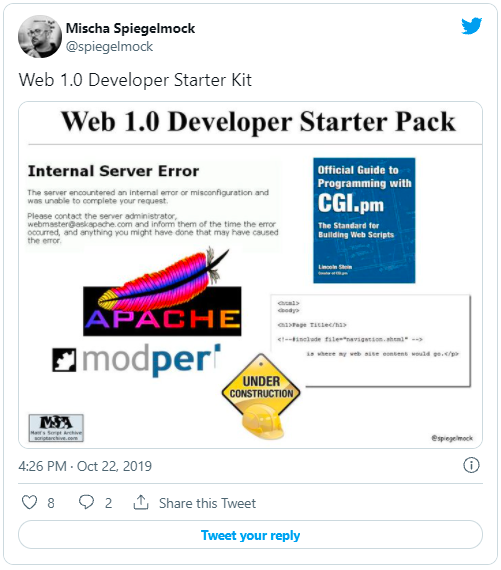
The idea behind user-generated content is that, the site can allow users to enter content and then save it for anyone to see.This was primarily used to enable blogs like LiveJournal and Moveable Type, and then social platforms like MySpace, Facebook, Twitter, and wordpress.com, where people are still basically doing the same thing. Users no longer need to manually edit files and upload them to the server. You can even leave a comment below this post! While the concept may seem all too commonplace to us these days, it has turned the web into an interactive medium where anyone with an internet connection and a cheap computer can share Anyone posting content. This is a major game changer, for better or for worse.
first level title
Web3
The term "Web3" is used to refer to a similar paradigm shift that is underway.
Before getting into the depths of Web3, I want to talk about the cryptocurrency hype. Cryptocurrencies attract a lot of people, many of whom are attracted by the narrative of getting rich without doing any work. This entire cryptocurrency ecosystem isa distraction, although some speculation is based on the fact that certain organizations or products may (or may not) have real value and profit-making utility now or at some point in the future. This article is not about cryptocurrencies, it's aboutIts underlying technologies, which can support a large number of new technologies and services that were not possible before。
What drives the Web3 world? What is its underlying layer? With the help of blockchain technology, a whole new set of primitives for building applications is becoming available. I think the key relevant elements are:Cryptographic identity, artificial scarcity, and global execution and state. I'm going to explain this in detail, although explaining the concepts in plain language in detail is not simple, so I'm going to skip a lot.
1. Cryptographic identity:In the Web3 world, your identity consists of what is called a "keypair", or wallet. The only thing that gives you control over your own identity (and your wallet) is that you actually or virtually hold the "private key" in that key pair. If you hold the private key, you can prove to anyone that you have the "public key" associated with it, which is your wallet address. What does this mean?
In the Web3 world, your identity is your public key, which is your wallet address.This opens up all sorts of possibilities, since only you (the holder of the private key) can prove that you own that identity. Here are some examples:
You don't need to create a new account for every website or app you use.
No need to rely on Facebook, Google, Apple, etc. to prove your identity (unless you want to).
People can encrypt information that only you can decrypt and read without communicating with you, and post that encrypted information publicly. Only the holder of a specific private key can decrypt these messages. As shown below.
Sign any type of message, such as voting online or signing a contract.
Strong and verifiable electronic identities, such as the e-ID provided by the Estonian government.
Anonymous one-time identities. If you want, you can create a new identity (new public key/wallet address) for each website or each interaction.
Ownership or custody of funds or assets. An identity can be unlocked through multisig.
Link any type of data to your encrypted identity, like driver's licenses, video game loot, and more. Can be used across any application. You own all this data, not some company's server.
image description
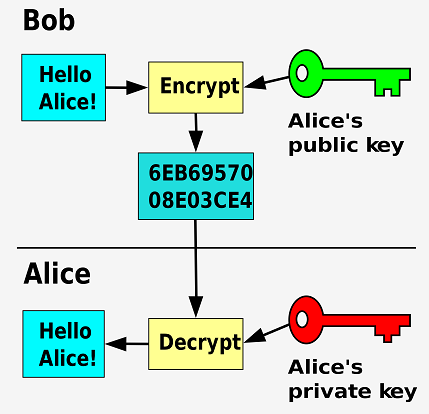
Above: Bob uses Alice's public key to encrypt the message "Hello Alice", and Alice can then use her private key to decrypt and read the message.
There are other endless possibilities for encrypted identities, and of course some new pitfalls that lead to a lot of mishaps. The most obvious is that people can easily lose their private keys. So it is crucial to back up your private key, such as writing your seed phrase on a piece of paper, and put it in a safe. One can imagine plenty of desperate headlines about someone losing their life savings due to a computer crash. Of course, just as we currently have access to banks so we don't have to hide our money under our mattresses, some credible (or crooked) establishment providing customer support and backups will pop up to serve the common folk and keep their private keys .
2. Artificial scarcity:non-homogeneous tokennon-homogeneous token) enables ownership of unique assets. We are only just beginning to see the practical application of this technology, and the prospects it can bring are unpredictable. For example, if you want to give away tickets to an event, but there are only 100 people, you can now use digital NFT to do this and let people trade; or resell your purchased digital movies, video games, or Ownership of Artwork.
Perhaps community members need to hold a certain number of Tokens to become members of the DAO group. The DAO organization Friends with Benefits is a notable example. If only a limited number of FWB tokens exist, this means that these tokens will have value. Those who already hold the tokens but are dissatisfied with the membership can sell their tokens to those who are more eager to become members. As the reputation of the organization grows, and better players are joined, the value of the token will also increase. Since the members of this DAO organization are holders of the token, it is in their mutual interest to increase the value the organization provides to its members. In this way, a virtuous circle can be formed. Governance issues can be determined based on the number of tokens one holds, as those with more tokens have a greater stake in the project. Or if you want to handle things in a fairer way, you don't need to govern based on the number of coins you hold. Competition between different organizational structures is a good thing.
Understanding this concept is crucial, and so powerful. This technology enables new forms of organization and governance.
The combination of artificial scarcity, smart contracts, and verifiable identities is a super recipe for new ways of organizing and coordinating people around the world.No one yet knows the perfect system for every tissue type, but there will be countless experiments in the years to come. No technology is more potentially powerful than coordinating the actions of people toward a common goal. Look at nation-states or corporations and see how they have changed the world, for good and for bad.
Currently, these tools and programs are still in their infancy. Of course, technology doesn't solve all the problems of managing an organization, there are still necessary human layers and interactions and so on. However, some procedures that have hitherto relied on a reliable and impartial legal system for business management and ownership can now be handled in part through smart contracts (such as voting, making proposals, controlling access, etc.). But in theory, investment, membership, and participation could be extended to anyone in the world with a smartphone, rather than being limited to a country's borders or the elite few who own them and have access to the legal system.
image description

Source: deepdao.io
Another more salient example: Gitcoin, a successful non-profit DAO organization dedicated to funding open source development efforts, may have recently chosen to invest some of its GTC tokens in a new DAO it wants to help launch , which is Developer DAO. The investment proposal, open to all and up for voting by Gitcoin DAO members, proposes that 50,000 GTC, worth $680,000 at the time of writing, be exchanged for 50,000 GTC in tokens from the newly created Developer DAO.
The Developer DAO program acts as an incubator, using funds raised from these GTCs and others to fund new Web3 projects and help engineers develop their Web3 skills for free. Developer DAOs can invest their own native tokens in these new projects and exchange their tokens for a similar percentage of token ownership in the new projects. In this way, each organization can invest a portion of itself into new projects, denominated in its own native token, and also as a fraction of ownership. It's like a company investing its own stock in a new venture without liquidation (liquidity can be provided through Uniswap's liquidity pool). In this case, we're talking about an organic mix of not-for-profit and for-profit businesses that allocate risk, investment capital, and governance among each other, in which anyone in the world can participate with very little friction.
3. Global execution and state:image description
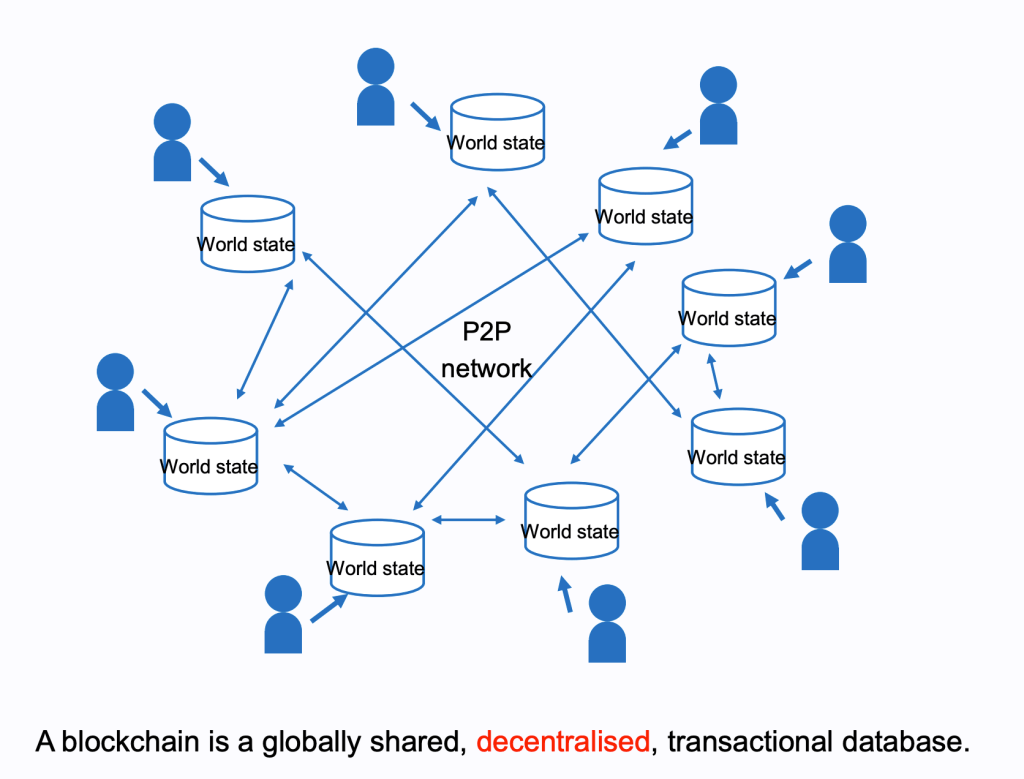
Above: Blockchain is a globally shared, distributed transaction database
Ethereum Virtual Machine
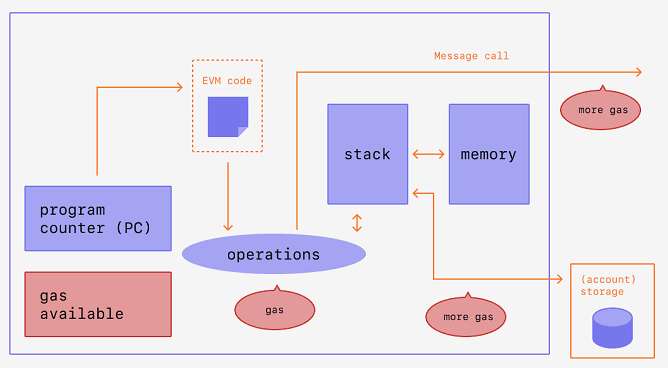
Ethereum Virtual Machine
image description
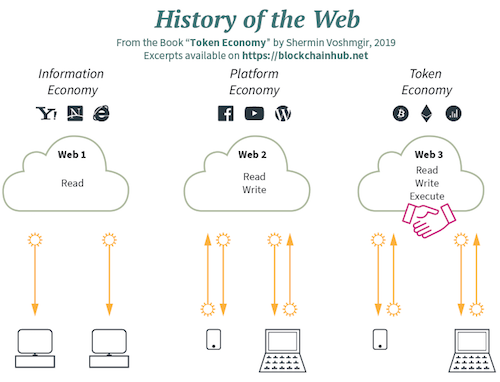
first level title
Why should you care about Web3?
I didn't start paying attention to Web3 until recently, about a month ago. When I decided to take a peek at what was going on in the Web3 space, I discovered a whole new world. There are plenty of engineers who have realized the potential of this space, not to mention many of the brightest investors and technologists. The excitement is palpable and the energy of the community is inspiring. I joined the Developer DAO, which is a new community of people who just want to develop cool stuff together and help other people learn how to program with this new technology.
As with all paradigm shifts, some old-school engineers will scoff and dismiss this new craze as a silly fad. Just as someone once scoffed at the PC, thinking that its capabilities and specialized hardware would never be comparable to a mainframe, and someone once ridiculed that graphical interfaces (graphical interfaces) are for the weak, and even Oracle (Oracle) CEO Larry Ellison et al. have also bashed cloud computing, and myself once said that the iPhone looks like a stupid idea.
The early stages of Web3 are cryptocurrencies and blockchain (L1) solutions. It's not something a non-technical person or anyone can take full advantage of, as there's almost no interface to interact with it. But at the stage we're currently at, development tools and an additional layer of abstraction (L2) are starting to become standardized and accessible, and it's only now starting to be possible to build Web3 applications with user interfaces. Soon, we'll see new types of applications emerge to enable new types of communities, organizations, identities, and more that no one else could have imagined. Of course there will be countless scams, just like the first dot-com crash after the bubble. My suggestion is to ignore secondary events and distractions and focus on the technology, tools and community and see what creative and world changing things people create with Web3.